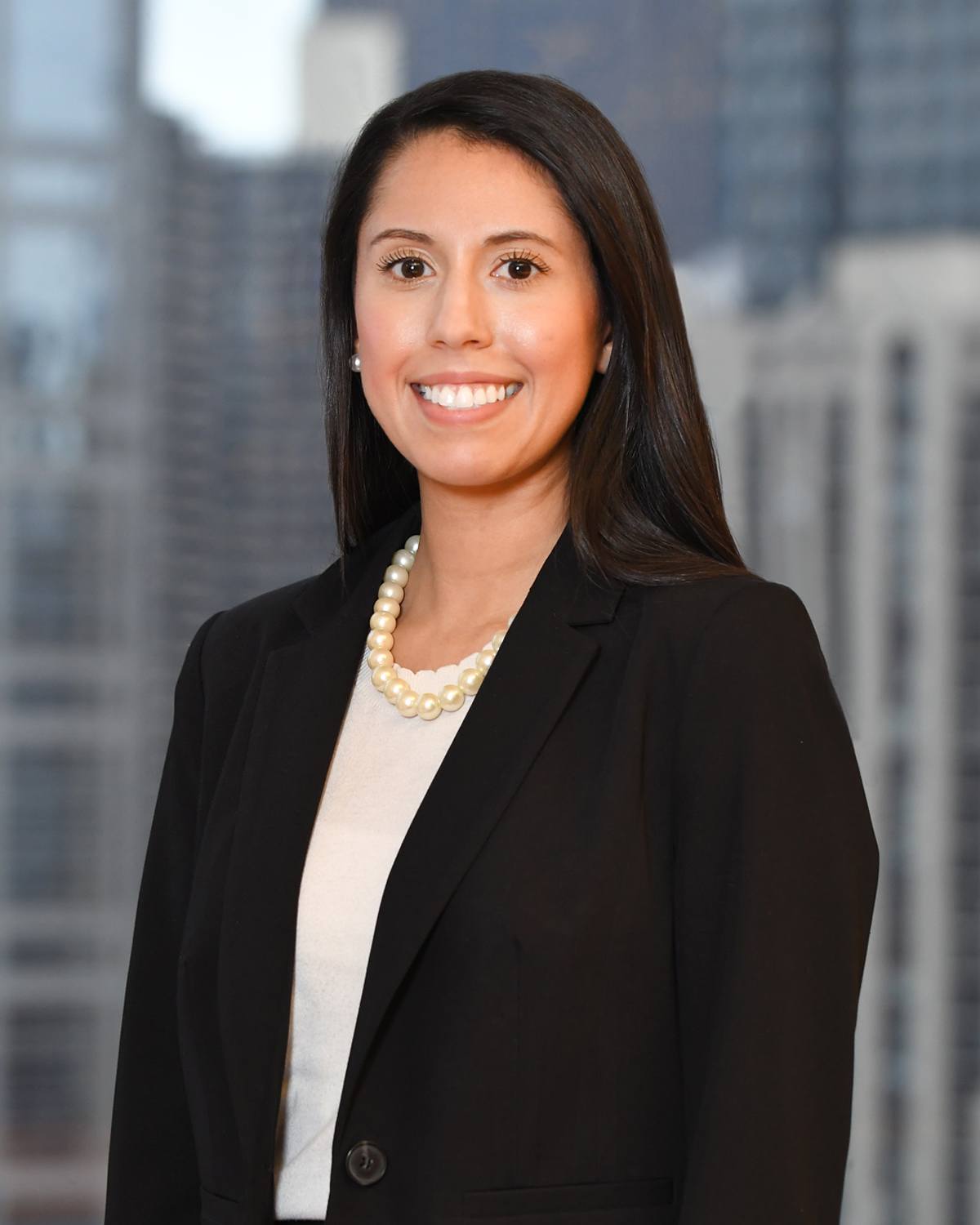- Home »
- Business Bankruptcy »
- Dealing with Corporate Distress 04: Chapter 11—If You’ve Seen One, You’ve Seen Them All

Dealing with Corporate Distress 04: Chapter 11—If You’ve Seen One, You’ve Seen Them All
The ABCs of ABCs, Business Bankruptcy, & Corporate Restructuring/Insolvency
This installment of our series is required reading for the next, which attempts the audacious task of describing a “typical” chapter 11. And if you didn’t get it, the title of this installment, “Chapter 11—If You’ve Seen One, You’ve Seen Them All,” is intended to be sarcastic. That said…
The Predictability of Chapter 11 and Likely Outcomes
When a company files chapter 11, its experience will bear some resemblance to every chapter 11 that came before. We’re not saying anything momentous here, but it’s important to understand why this is. Let’s try a metaphor.
Imagine you’re taking a road trip. You’ve been driving on the highway for six hours. You’re hungry. And you need to use the restroom. You see a sign for two restaurants you’ve never heard of, and a third for McDonald’s. The reason you might choose to stop at McDonald’s is because you pretty much know what to expect when you walk in. From the quality and cost of your meal, to the cleanliness of the restroom, you can expect a high level of consistency between the experience you’re about to have and the experience you’ve had at every other McDonald’s you’ve ever set foot in in the past. Is this a good thing? Does it make chapter 11 “better?”
Look, McDonald’s doesn’t sell the best food money can buy, but you know it will be edible and provide for your caloric needs. Its ambiance isn’t that of a restaurant with a Michelin star, but it’s a good bet that it will be clean, well-lit, and have Wi-Fi.
Consistency and predictability are good things—particularly when you’re tired, hungry, and in need of a bathroom.
You know who else is usually tired, hungry, and has a need of rest? The owners, directors, and/or senior managers of distressed businesses—as well as their creditors and other various constituents. And while there are a number of alternatives to chapter 11, an attribute of chapter 11 is that all parties, when contemplating or negotiating over one or more of those alternatives, can know the range of likely outcomes should they be unable to reach resolution without chapter 11.1
This isn’t to say all chapter 11s proceed exactly the same way (the same is true, of course, with respect to a visit to McDonald’s), but there is a general framework that enables experienced players to make excellent educated guesses.
Proceed with Caution: Chapter 11 Caveats
Again, Reader, the main purpose of this installment is to provide a caveat to the next installment, in which we attempt to paint a general picture of a typical chapter 11. Yet there really is no such thing, so you must read the next installment with a grain of salt.2 Here are just some of the chapter 11 caveats you need to keep in mind when reading Installment #5:
| Caveat #1
Everything’s Relative |
— | We think we already adequately covered this, but just in case we didn’t: chapter 11 is fairly consistent and predictable when compared to some of its alternatives. Another example of the ubiquitous truistic expression, “everything’s relative.” |
| Caveat #2
Uniform Law? Bah, Humbug |
— | Even though there is a single Bankruptcy Code that bankruptcy courts must apply throughout all 50 states, they can and do apply it differently. A bankruptcy judge in New York City is free, for example, to rule on an issue in a way that is diametrically opposed to the ruling on the same issue by a bankruptcy judge in Iowa. In fact, that same judge is also free to similarly ignore the bankruptcy judge who sits down the hall. |
| Caveat #3
State’s Rights |
— | State law continues to govern state law issues, even when a party is in bankruptcy. And it is state law that generally governs property and contract rights. |
| Caveat #4
Where You Stand Depends on Where You Sit |
— | Does the company need a full-on operational restructuring, requiring significant changes to the way it runs its business and business relationships, or is the need for chapter 11 limited to a “balance sheet restructuring?” What industry is the company in? How large is it? What is the ownership structure (public or private? If private, is it owned by a single individual, a family, a family office, a private equity fund, angel investors, VC investors, etc.?) What are the nature of its debts?
This last question deserves amplification: some cases, virtually by definition, will not follow the path outlined in the next installment. These are cases involving companies that (1) do a pre-pack or pre-arranged chapter 11 to deal entirely with balance sheet issues, (2) own single asset real estate, and (3) file chapter 11 to deal with mass tort litigation. These are a small sampling of the questions whose answers will drive how a particular company’s chapter 11 case will go. |
| Caveat #5
No Two Patients are the Same. Ever. |
— | Even when two distressed companies appear to be the same on the surface (same industry, similar size, similar creditor bases), numerous factors about the debtor play a significant role in shaping the trajectory of a chapter 11 case, such that no two cases are ever the same. These include, for example, the debtor’s cash position at filing, relationships with creditors, importance to its customers, management team, its chapter 11 professionals, and where the case is filed. |
| Caveat #6
Subchapter V |
— | The plot thickens. The Small Business Reorganization Act (“SBRA”), which took effect in February 2020, added a new subchapter V to chapter 11, which contains specialized rules governing small business cases (currently defined as a chapter 11 case where the debtor’s total outstanding liquidated debts are under $7,500,000).3 The SBRA modifies provisions of the Bankruptcy Code in small business cases, including what constitutes “property of the estate,” in a small business case, and appointment of a specialized “Subchapter V” trustee, among other changes to the Bankruptcy Code. |
With all of these chapter 11 caveats as preamble, we present to you, the “typical,” lifecycle of a “typical,” chapter 11 case, in our next installment of this series.
[Editors’ Note: This article, while written to be read and understood on a standalone basis, is part of a series. To read Installment 1, which includes a table of contents and links to every article in the series, click here.
The authors are corporate restructuring and insolvency attorneys. Read more about three of them at the end of Installment 1.
Understanding all this stuff in the context of bankruptcy is important, but not every distressed company winds up in bankruptcy. So, you also need to understand how it works outside of bankruptcy. Read Installment 5 to read the rest of the story.
To learn more about this and related topics, you may want to attend the following on-demand webinars (which you can listen to at your leisure and each includes a comprehensive customer PowerPoint about the topic):
©2020. DailyDACTM, LLC d/b/a/ Financial PoiseTM. This article is subject to the disclaimers found here.
- In an earlier article Friedland co-authored, he wrote:
Indeed, Chapter 11 is but one, albeit critical, part of a broader restructuring market that includes a vast array of out-of-court workouts because, as Professor Brubaker points out, it serves as a critical court-supervised market of last resort when a consensual deal is not (or economically cannot be) forthcoming. Its very presence (simply as the logical alternative to a private workout) normatively influences the markets because every market participant knows the price of failure to reach a consensual deal out-of-court—a Chapter 11 case. Miller ignores the vital importance of out-of-court workouts, and thereby gives short shrift to the broader restructuring milieu in which Chapter 11 operates. Indeed, Baird and Rasmussen are right when they observe that out-of-court workouts constitute an important segment of the restructuring markets. They go too far in concluding that private, out-of-court workouts can entirely supplant Chapter 11. Indeed, we believe that out-of-court workouts dominate the restructuring markets directly because Chapter 11 exists and performs a very necessary role. As Professor Ralph Brubaker put it when he debated Professor Kenneth Klee about the state of Chapter 11:
“[I]t’s appropriate, in judging the success of Chapter 11, to focus primarily not on what happens in Chapter 11, but what happens outside Chapter 11. The preferred means of responding to financial distress and default is a negotiated resolution, without resort to bankruptcy. And, at least half the time, those negotiations produce a successful, consensual, out-of-court deal with very low direct and indirect costs that deplete the value of the firm.”
James Sprayregen, Jonathan Friedland, Roger Higgins, Chapter 11: Not Perfect, But Better Than The Alternatives, JOURNAL OF BANKRUPTCY LAW AND PRACTICE, Vol. 14, No. 6 (2005) (internal citations omitted).
- Food is often tastier and therefore easier to swallow with a grain of salt, so this idiom claims that if someone is telling you something that is probably not entirely true or correct, it is easier to swallow it with a grain of salt than to argue against it.
- Under the Coronavirus Aid, Relief and Economic Security Act (the “CARES Act”), which took effect March 27, 2020, Congress has temporarily increased the eligibility threshold for debtors filing under subchapter V from $2,725,625 to $7,500,000. The increased eligibility threshold is scheduled to sunset after one year of the CARES Act’s enactment.
About Jonathan Friedland
Jonathan Friedland is a principal at Much Shelist. He is ranked AV® Preeminent™ by Martindale.com, has been repeatedly recognized as a “SuperLawyer” by Leading Lawyers Magazine, is rated 10/10 by AVVO, and has received numerous other accolades. He has been profiled, interviewed, and/or quoted in publications such as Buyouts Magazine; Smart Business Magazine; The M&A…

About Jack O'Connor
Jack is a corporate and restructuring partner at Levenfeld Pearlstein. Jack’s practice covers a range of healthy and distressed business engagements. He is widely recognized for his excellent work as a restructuring attorney including recognition by various organizations for his strategic thinking and tactical expertise, including SuperLawyers Magazine, Leading Lawyers Magazine, and the Turnaround Management…

About Hajar Jouglaf
Hajar is an associate with Much Shelist in both its Business Transactions Group and its Restructuring & Insolvency Group.

Related Articles
Kuney’s Corner – Cram Down: When the Creditor Says “No”
The Chief Restructuring Officer: Architect, Leader, & Change Agent
Opening the Kimono: Operational and Financial Reporting Obligations at the Outset of a Chapter 11 Case
90 Second Lesson: When a Seller of Real Property Files for Bankruptcy Before Closing
Subchapter V of Chapter 11: A User’s Guide
Personal Property Appraisals 101
Session expired
Please log in again. The login page will open in a new tab. After logging in you can close it and return to this page.
